Home>Maintenance & Safety>Child & Elderly Safety at Home>When Can My Child Use A High-Back Booster Seat
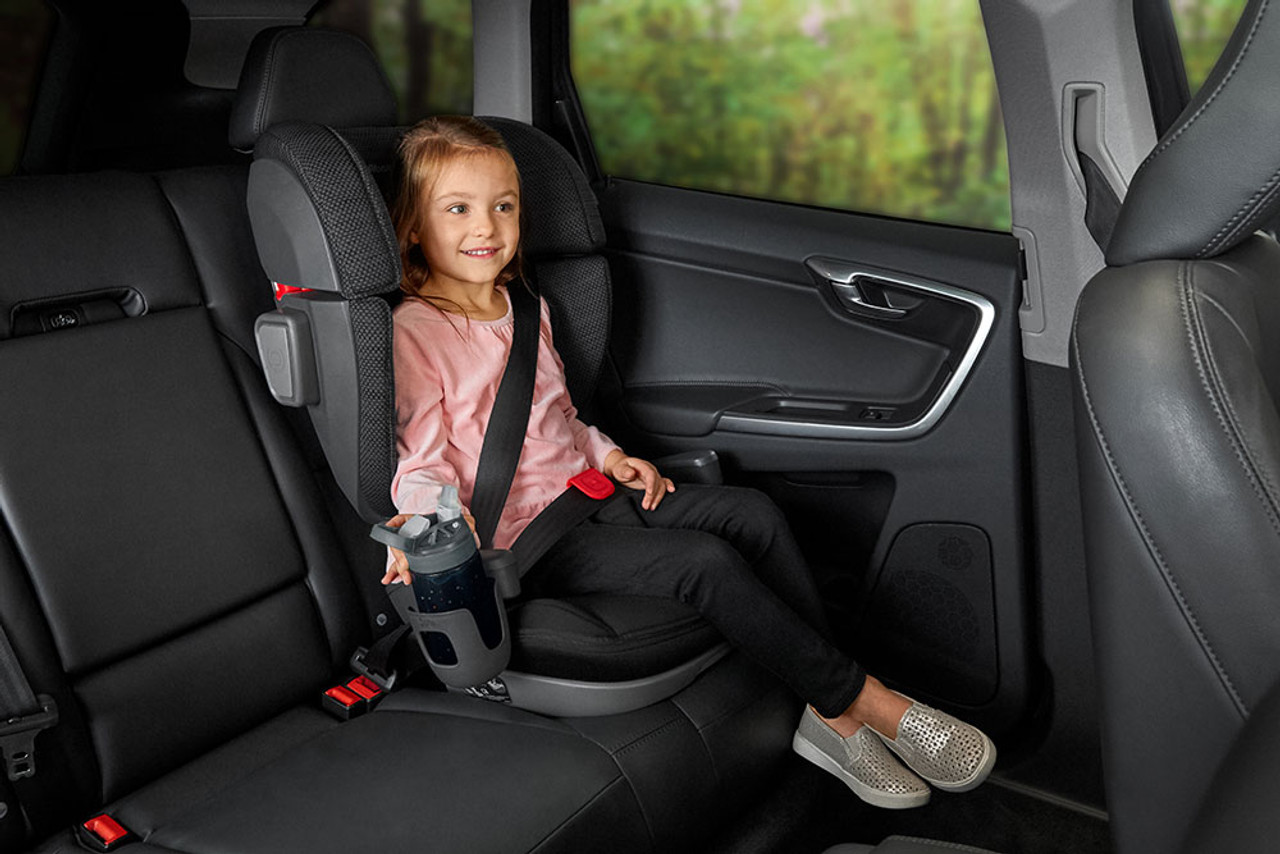

Child & Elderly Safety at Home
When Can My Child Use A High-Back Booster Seat
Modified: February 29, 2024
Find out when your child can safely transition to a high-back booster seat for optimal child and elderly safety at home. Expert advice and tips.
(Many of the links in this article redirect to a specific reviewed product. Your purchase of these products through affiliate links helps to generate commission for Storables.com, at no extra cost. Learn more)
Introduction
Ensuring the safety of our children is a top priority for every parent or guardian. As children grow, their safety needs evolve, and it's crucial to stay informed about the best practices for protecting them, especially during car rides. One essential aspect of child safety in vehicles is the use of high-back booster seats. These specially designed seats provide crucial support and protection for children as they transition from traditional car seats to using the vehicle's seat belt alone.
In this comprehensive guide, we will delve into the world of high-back booster seats, exploring their purpose, age and size requirements, proper installation and use, and the benefits they offer. By the end of this article, you will have a clear understanding of when and how to transition your child to a high-back booster seat, ensuring their safety and well-being during car journeys.
Key Takeaways:
- Transitioning to a high-back booster seat is best when your child is around 4 years old, weighs 40-80 pounds, and is about 4 feet 9 inches tall. Keep them safe and snug during car rides!
- High-back booster seats provide extra protection, proper seat belt positioning, and adjustable features for a comfy and secure travel experience. They’re like a cozy shield for your child in the car!
Understanding High-Back Booster Seats
High-back booster seats are specially designed car seats that provide crucial support and protection for children as they transition from traditional car seats to using the vehicle's seat belt alone. Unlike traditional car seats, which have an internal harness system, high-back booster seats rely on the vehicle's seat belt to secure the child in place. The high back of these seats serves multiple purposes, including providing head and neck support, as well as side impact protection.
These booster seats are designed to elevate the child, ensuring that the vehicle's seat belt fits them properly. This is essential because seat belts designed for adults may not adequately protect children due to their smaller stature. The high back of the booster seat helps position the seat belt across the strongest parts of the child's body, such as the collarbone and hips, reducing the risk of injury in the event of a collision.
High-back booster seats often come with adjustable headrests and side wings, providing additional support and protection. The headrests can be raised to accommodate the child's growth, ensuring that the seat continues to provide optimal head and neck support as they get older. The side wings offer protection in the event of a side impact, minimizing lateral movement and providing a cocoon-like environment for the child.
It's important to note that high-back booster seats are specifically designed for use in vehicles with headrests. The high back of the booster seat relies on the vehicle's headrest to provide essential support and protection for the child's head and neck. Therefore, it's crucial to ensure that the vehicle's headrest is compatible with the high-back booster seat before making a purchase.
Understanding the purpose and design of high-back booster seats is essential for parents and guardians as they navigate the journey of transitioning their children to the next stage of car seat safety. By providing the necessary support and protection, high-back booster seats play a vital role in keeping children safe and secure during car rides.
Age and Size Requirements
Determining the appropriate time to transition your child to a high-back booster seat involves considering their age, weight, and height. While specific regulations may vary by location, general guidelines can help parents and guardians make informed decisions regarding their child's safety in vehicles.
Most experts recommend transitioning to a high-back booster seat when a child reaches the age of 4 and has outgrown their forward-facing car seat. However, age alone is not the sole factor to consider. It's crucial to assess the child's size to ensure that they meet the necessary requirements for using a high-back booster seat safely.
In terms of weight, children typically need to weigh between 40 and 80 pounds to use a high-back booster seat. This weight range is important because it signifies that the child has outgrown the weight limits of a traditional forward-facing car seat and is ready to transition to a booster seat. Additionally, the child's height plays a significant role in determining their readiness for a high-back booster seat. Most children are ready for a booster seat when they reach a height of around 4 feet 9 inches, which is the height at which a vehicle's seat belt can fit them properly without the need for additional support.
It's important to note that these age and size requirements are general guidelines, and individual variations may exist. Some children may reach the height and weight requirements for a booster seat before the age of 4, while others may need to continue using a forward-facing car seat beyond this age. As a parent or guardian, closely monitoring your child's growth and development is crucial in making the right decision regarding their car seat safety.
Understanding the age and size requirements for high-back booster seats empowers parents and guardians to make informed choices that prioritize their child's safety. By considering age, weight, and height, and staying abreast of local regulations, caregivers can ensure that their children are appropriately protected during car rides, promoting a safe and secure travel experience for the entire family.
Transitioning from a Forward-Facing Seat
Transitioning from a forward-facing car seat to a high-back booster seat is a significant milestone in a child's journey towards car safety. It marks a crucial shift in the way children are secured in vehicles, reflecting their growth and development. Understanding the process of transitioning from a forward-facing seat to a high-back booster seat is essential for parents and guardians as they navigate this important stage.
When considering the transition, it's important to assess whether the child has outgrown their forward-facing car seat. This typically occurs when the child reaches the height and weight limits specified by the car seat manufacturer. Once these limits are surpassed, it's time to consider transitioning to a high-back booster seat. However, it's important not to rush this process, as premature transition can compromise the child's safety.
One of the key indicators that a child is ready for a high-back booster seat is their ability to sit comfortably in the vehicle's seat without slouching and with their back against the seat. This posture is essential for ensuring that the seat belt fits them properly and provides optimal protection in the event of a collision. Additionally, the child should be able to understand and follow basic instructions, such as remaining seated and keeping the seat belt properly positioned at all times.
As children transition to high-back booster seats, it's important to involve them in the process, explaining the importance of using the booster seat and the need to follow safety guidelines. This approach helps children understand the significance of the transition and encourages their cooperation, fostering a positive attitude towards car safety.
Proper installation of the high-back booster seat is crucial for ensuring its effectiveness. Caregivers should carefully follow the manufacturer's instructions for installation, securing the booster seat in the vehicle using the seat belt or LATCH system, if available. Additionally, the vehicle's seat belt should be positioned correctly across the child's body, with the lap belt snugly fitting across the hips and the shoulder belt crossing the chest and collarbone without touching the neck.
Transitioning from a forward-facing seat to a high-back booster seat is a significant step in a child's car safety journey. By considering the child's readiness, involving them in the process, and ensuring proper installation, parents and guardians can facilitate a smooth and safe transition, providing their children with the protection they need during car rides.
Children can use a high-back booster seat when they outgrow their forward-facing car seat, usually around 4-8 years old and at least 40 pounds. Always follow the manufacturer’s height and weight guidelines for the specific booster seat.
Proper Installation and Use
Proper installation and use of a high-back booster seat are paramount to ensuring the safety and protection of a child during car rides. Caregivers must adhere to specific guidelines and best practices to maximize the effectiveness of the booster seat and minimize the risk of injury in the event of a collision.
The first step in the installation process is to carefully read the manufacturer's instructions provided with the booster seat. These instructions contain vital information regarding the proper positioning of the seat, securing it in the vehicle, and adjusting any additional features, such as headrests and side wings. It's essential to follow these instructions meticulously to guarantee the booster seat's optimal performance.
When installing the high-back booster seat, caregivers should ensure that it is placed in the back seat of the vehicle, preferably in the middle if possible. The seat should be secured using the vehicle's seat belt or the LATCH (Lower Anchors and Tethers for Children) system, if available. The LATCH system provides an additional method of securing the booster seat and can offer increased stability during car rides.
Once the booster seat is properly installed, the next crucial step is to position the vehicle's seat belt correctly across the child's body. The lap belt should fit snugly across the child's hips, ensuring that it rests low on the thighs and not across the stomach. This positioning helps prevent abdominal injuries in the event of a collision. The shoulder belt should cross the chest and collarbone without touching the neck, providing essential upper body protection.
Regularly checking the tightness of the seat belt and the overall stability of the booster seat is essential for maintaining its effectiveness. Caregivers should ensure that the seat belt remains properly positioned and that the booster seat does not shift or wobble during car rides. Any signs of instability should prompt immediate adjustment to guarantee the child's safety.
In terms of use, children should be instructed to remain seated properly at all times while the vehicle is in motion. This includes keeping their back against the booster seat, maintaining proper posture, and refraining from leaning out of their seat. Additionally, children should be reminded to keep the seat belt positioned correctly and to avoid any unnecessary fidgeting or movement that may compromise their safety.
By prioritizing proper installation and use of high-back booster seats, caregivers can create a secure and protective environment for children during car rides. Following the manufacturer's instructions, positioning the seat belt correctly, and emphasizing safe seating practices contribute to a comprehensive approach to child safety in vehicles.
Benefits of High-Back Booster Seats
High-back booster seats offer a myriad of benefits that contribute to the safety and well-being of children during car rides. Understanding these advantages is crucial for parents and guardians as they make informed decisions regarding their child's car seat safety.
-
Enhanced Protection: High-back booster seats provide crucial head and neck support, as well as side impact protection. The high back of the seat serves as a shield, minimizing lateral movement and creating a cocoon-like environment for the child. In the event of a collision, this enhanced protection can significantly reduce the risk of injury.
-
Proper Seat Belt Positioning: By elevating the child, high-back booster seats ensure that the vehicle's seat belt fits them properly. This positioning is essential for preventing injuries and ensuring that the seat belt rests across the strongest parts of the child's body, such as the collarbone and hips.
-
Adjustable Features: Many high-back booster seats come with adjustable headrests and side wings, allowing for customization as the child grows. The ability to raise the headrest ensures continued head and neck support, while the side wings offer additional protection in the event of a side impact.
-
Transition to Adult Seat Belt: High-back booster seats serve as an intermediary step between traditional car seats and using the vehicle's seat belt alone. This transition phase allows children to become accustomed to using the seat belt while still providing essential support and protection.
-
Comfort and Support: The design of high-back booster seats prioritizes comfort and support, allowing children to sit comfortably during car rides. Proper posture and support contribute to a pleasant and secure travel experience for both the child and the caregiver.
-
Regulatory Compliance: High-back booster seats adhere to strict safety regulations and standards, ensuring that they meet essential safety requirements. By choosing a high-back booster seat that complies with these regulations, caregivers can have confidence in its effectiveness.
-
Peace of Mind: Utilizing a high-back booster seat provides caregivers with peace of mind, knowing that their child is adequately protected during car rides. This assurance allows for a more relaxed and enjoyable travel experience for the entire family.
Understanding the benefits of high-back booster seats empowers parents and guardians to prioritize their child's safety and well-being during car journeys. By providing enhanced protection, proper seat belt positioning, adjustable features, and peace of mind, high-back booster seats play a vital role in creating a secure and comfortable travel environment for children.
Conclusion
In conclusion, the safety of our children during car rides is a responsibility that requires careful consideration and informed decision-making. High-back booster seats play a pivotal role in providing essential support and protection as children transition from traditional car seats to using the vehicle's seat belt alone. Understanding the age and size requirements for high-back booster seats is crucial, as it ensures that children are ready to make the transition based on their physical development and safety needs.
Transitioning from a forward-facing car seat to a high-back booster seat marks a significant milestone in a child's journey towards car safety. It's a process that demands attention to detail, including assessing the child's readiness, involving them in the transition, and ensuring proper installation and use of the booster seat. By prioritizing these factors, parents and guardians can facilitate a smooth and secure transition, providing their children with the protection they need during car rides.
The benefits of high-back booster seats further underscore their importance in safeguarding children during car journeys. From enhanced protection and proper seat belt positioning to adjustable features and peace of mind for caregivers, high-back booster seats offer a comprehensive approach to child safety in vehicles. By understanding and embracing these benefits, parents and guardians can make informed choices that prioritize their child's safety and well-being.
As we navigate the ever-evolving landscape of child safety at home, it's essential to stay informed about the best practices and tools available to protect our children. High-back booster seats stand as a testament to the advancements in child safety technology, providing a secure and comfortable travel environment for children as they grow and develop. By embracing the guidance and recommendations outlined in this comprehensive guide, caregivers can ensure that their children are adequately protected during car rides, fostering a safe and enjoyable travel experience for the entire family.
Frequently Asked Questions about When Can My Child Use A High-Back Booster Seat
Was this page helpful?
At Storables.com, we guarantee accurate and reliable information. Our content, validated by Expert Board Contributors, is crafted following stringent Editorial Policies. We're committed to providing you with well-researched, expert-backed insights for all your informational needs.
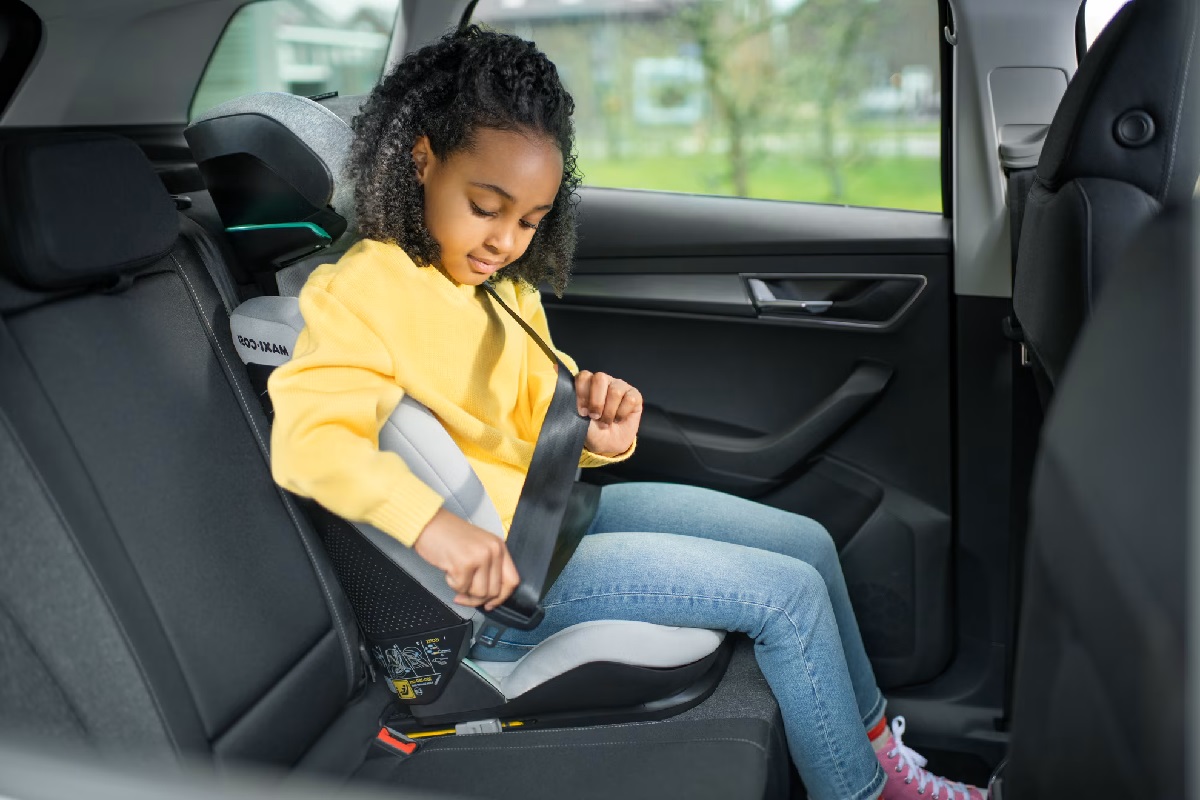
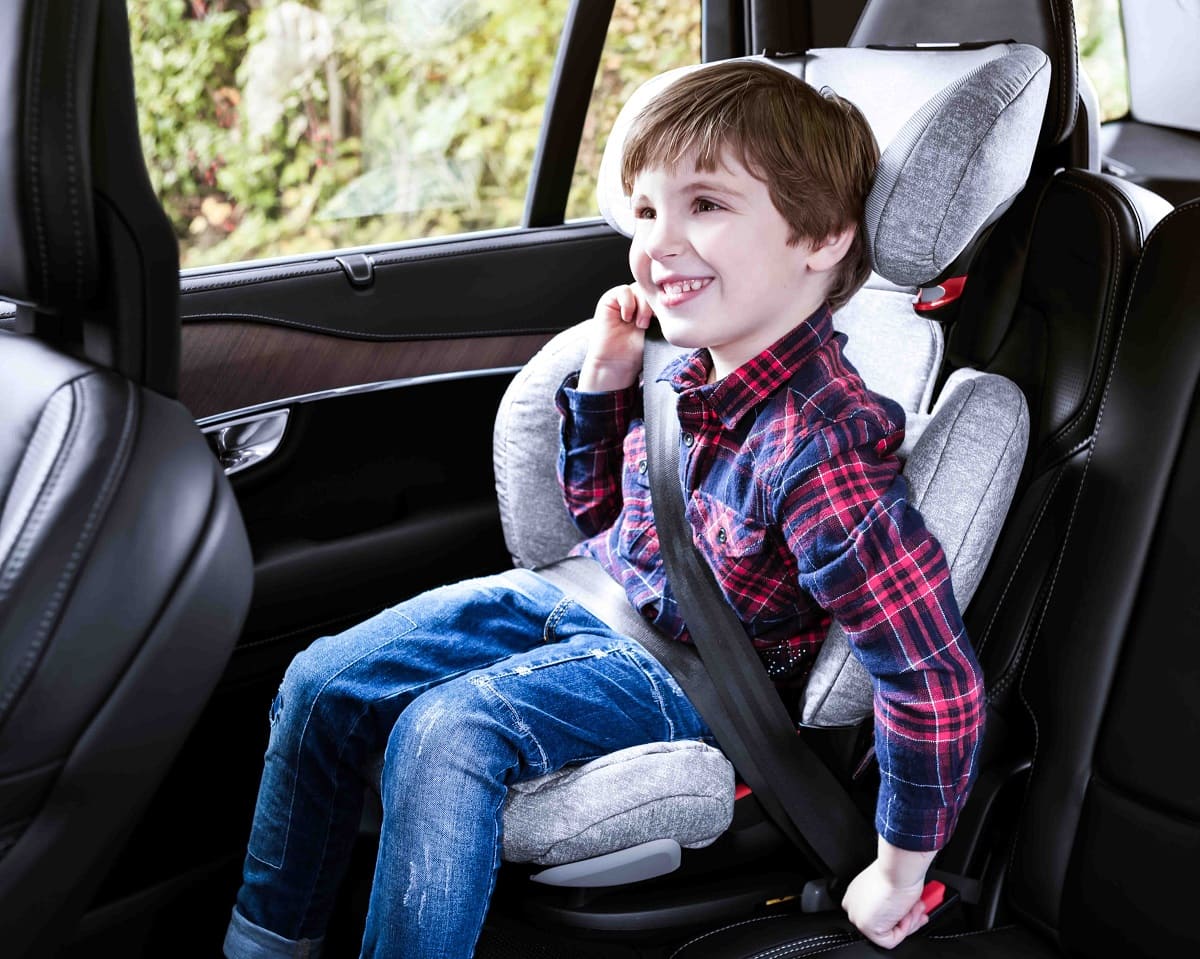
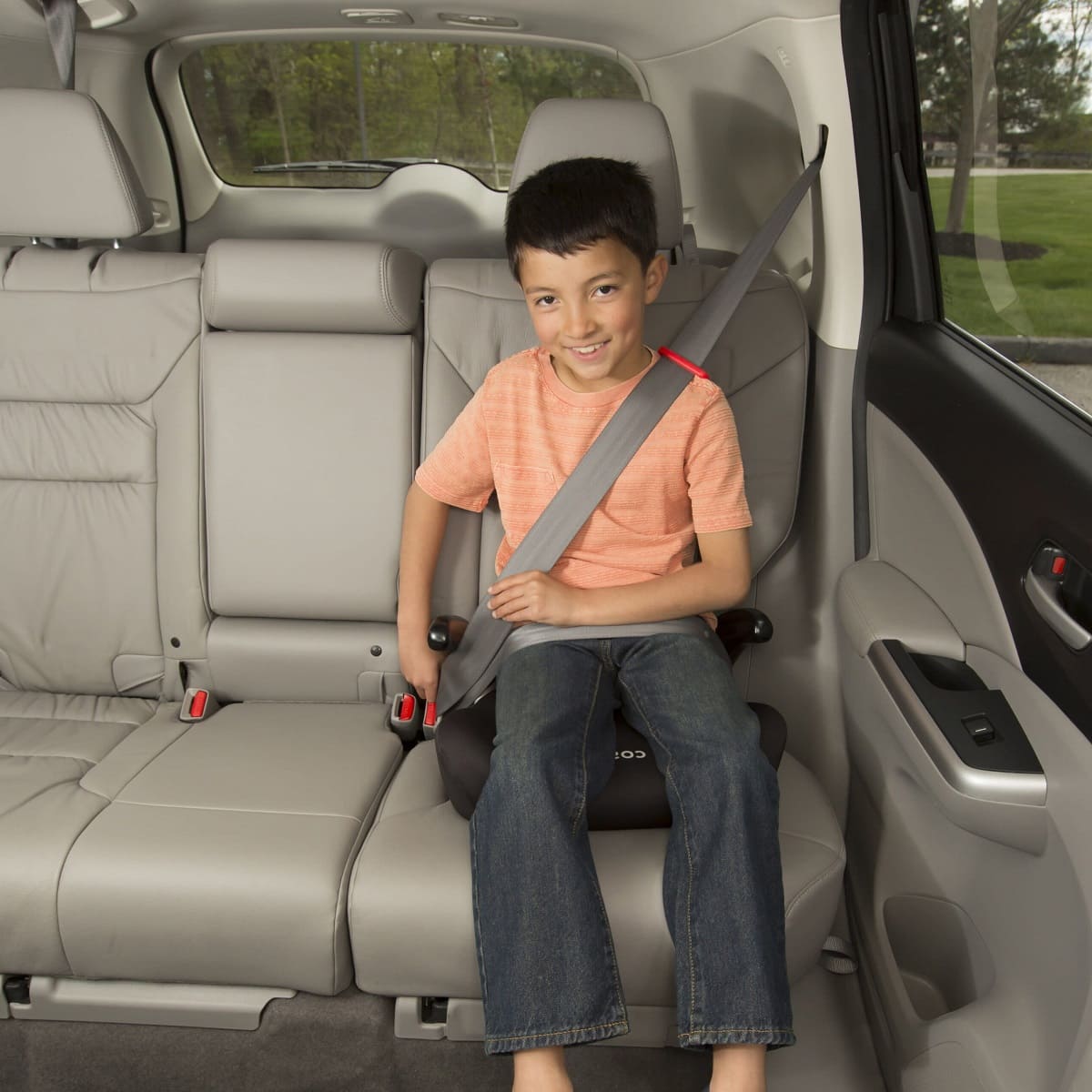
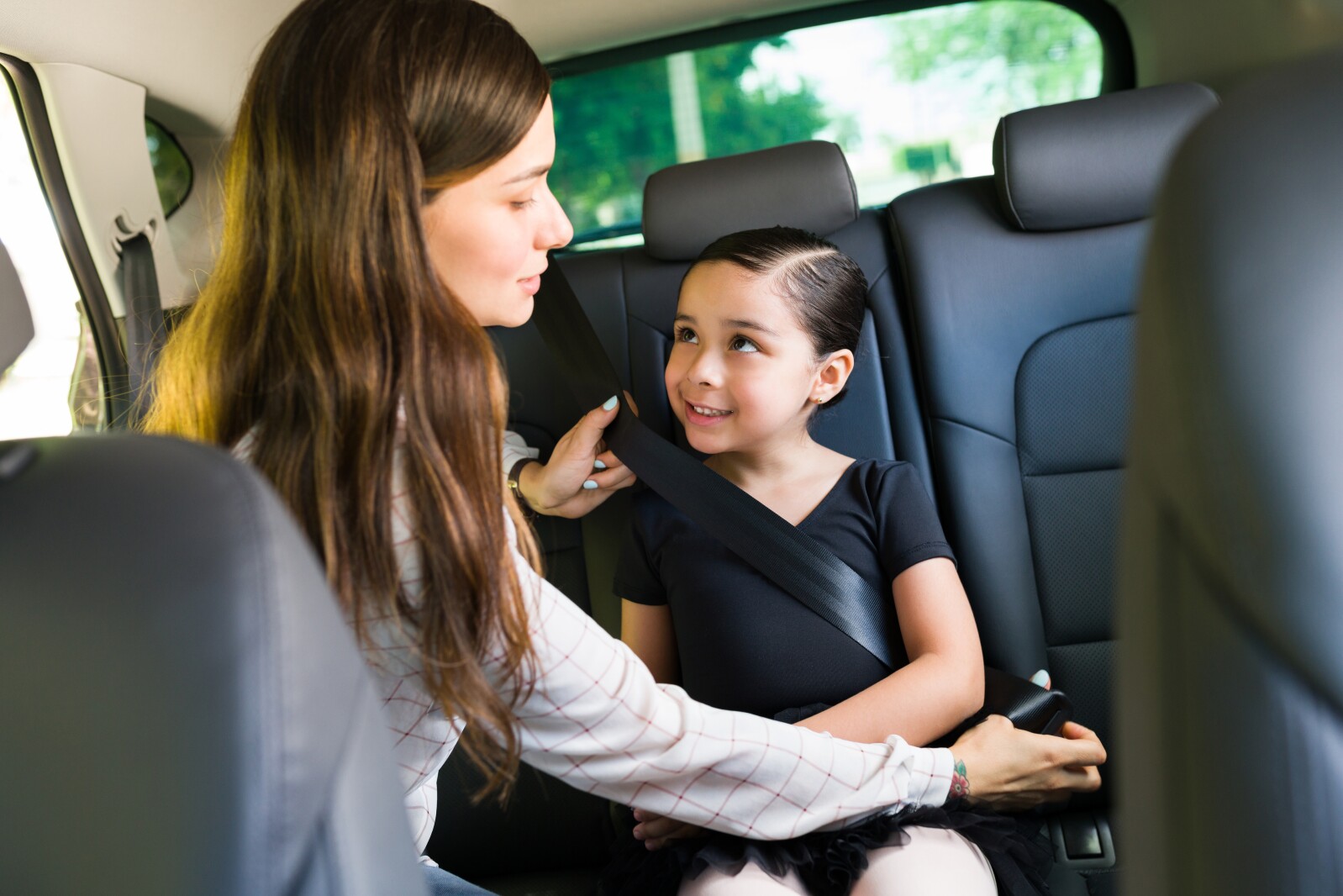
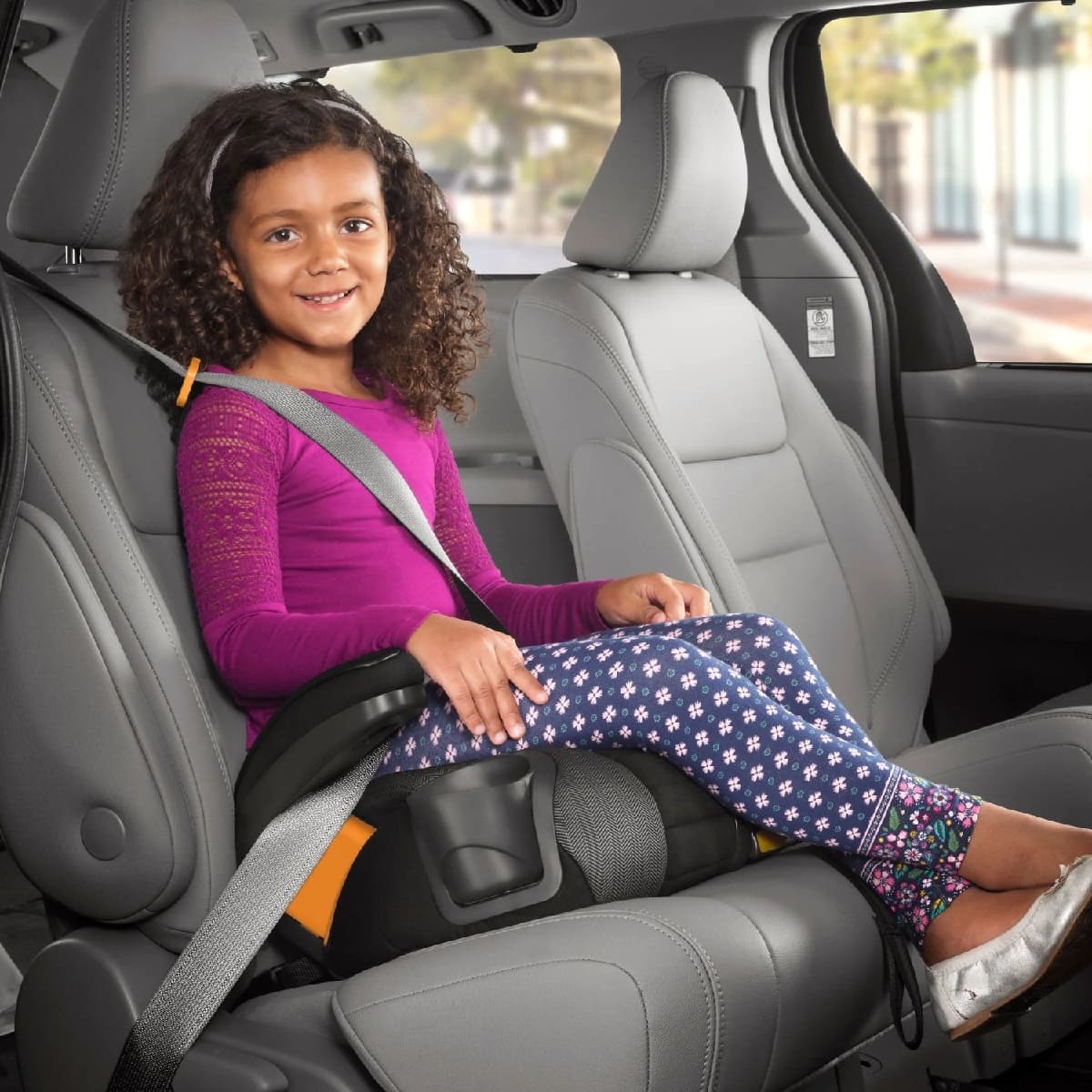
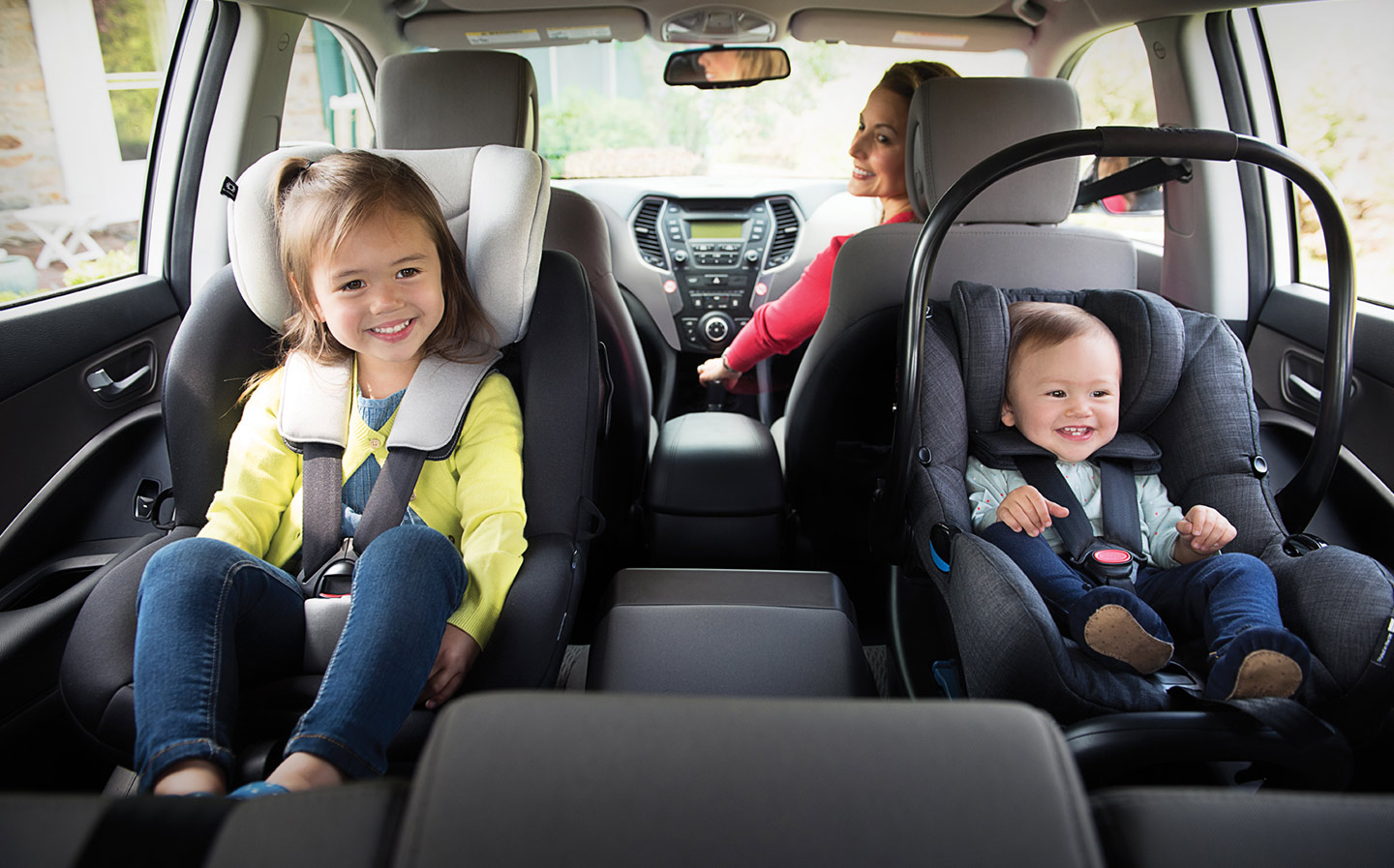
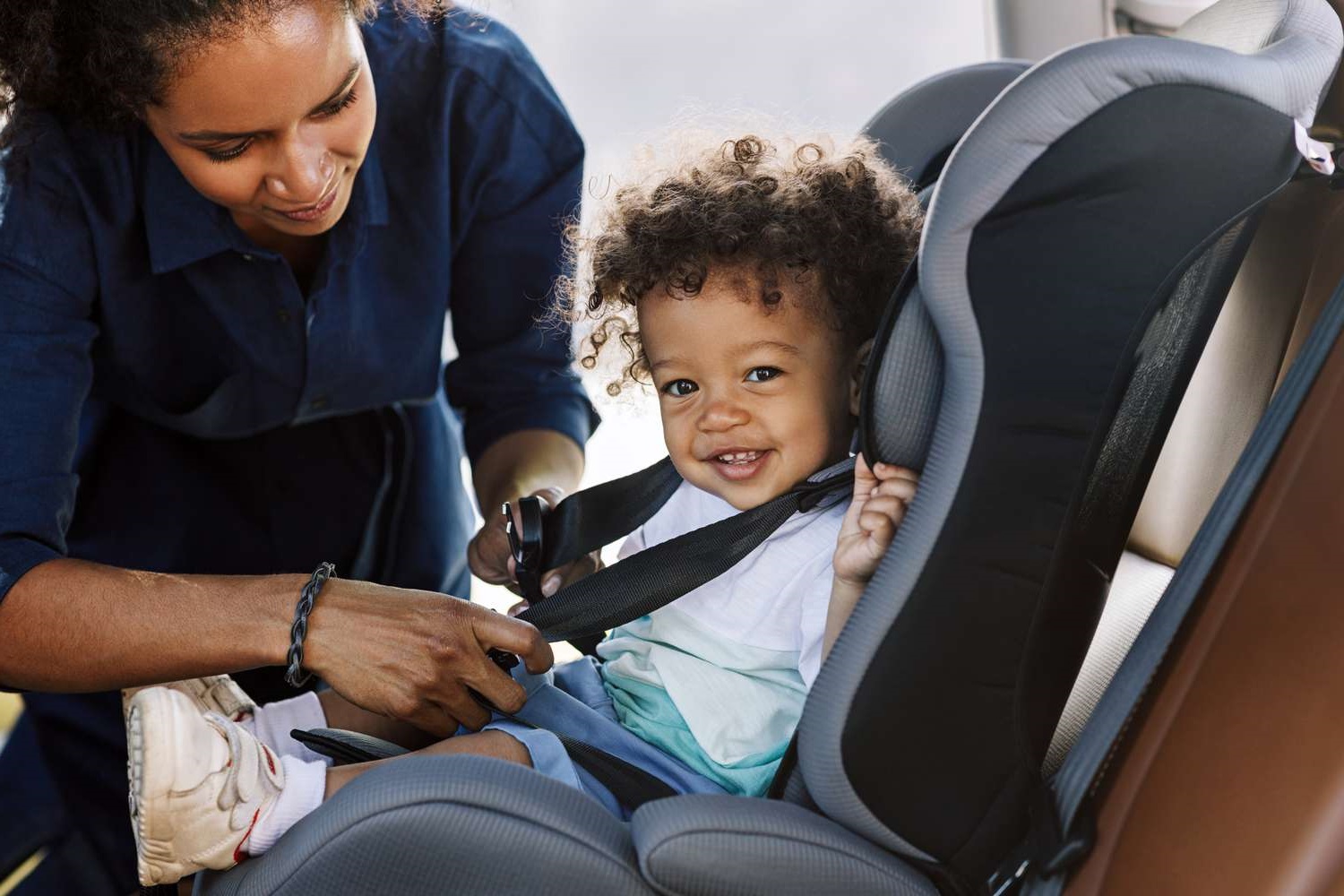
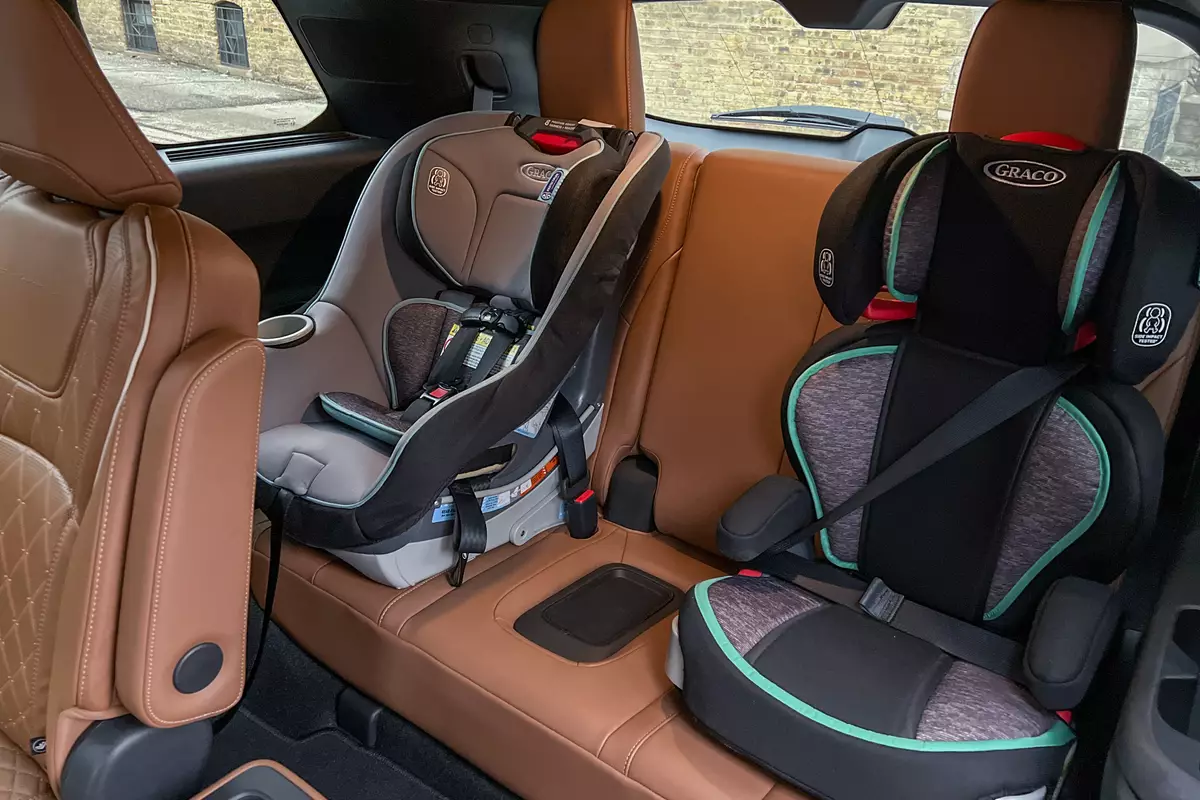
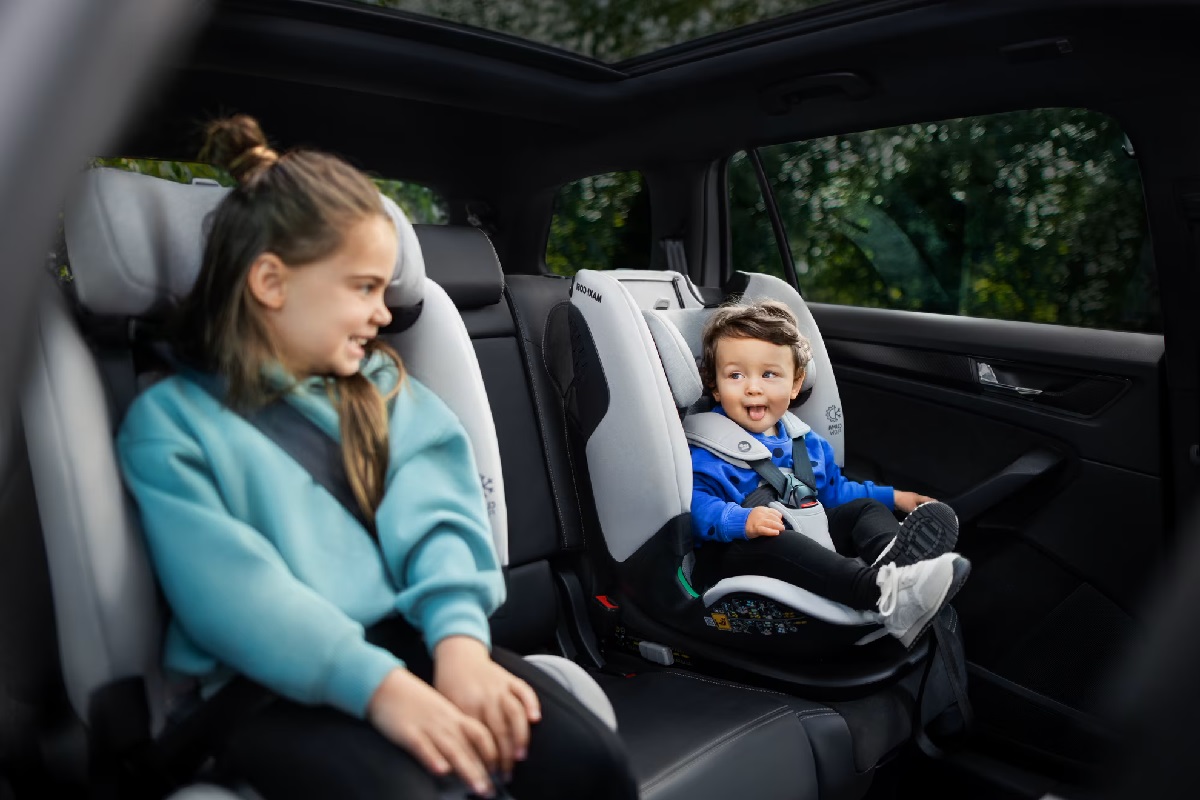
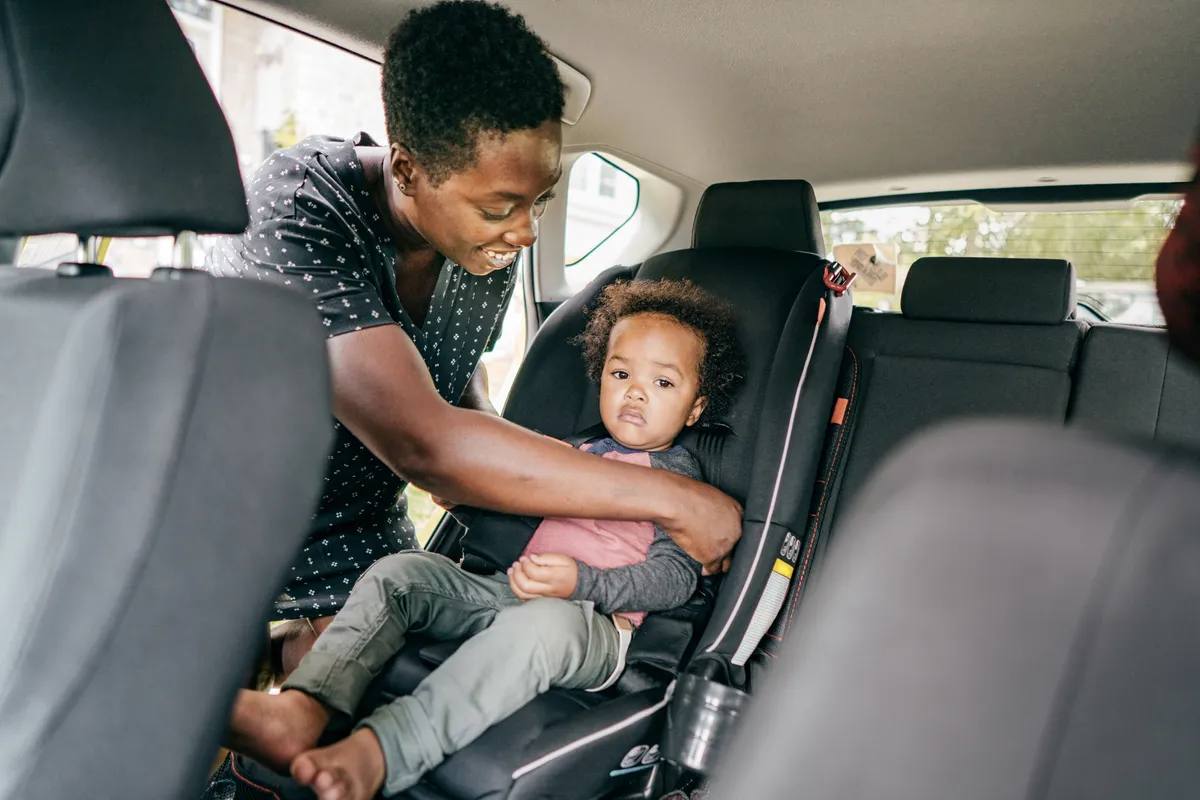
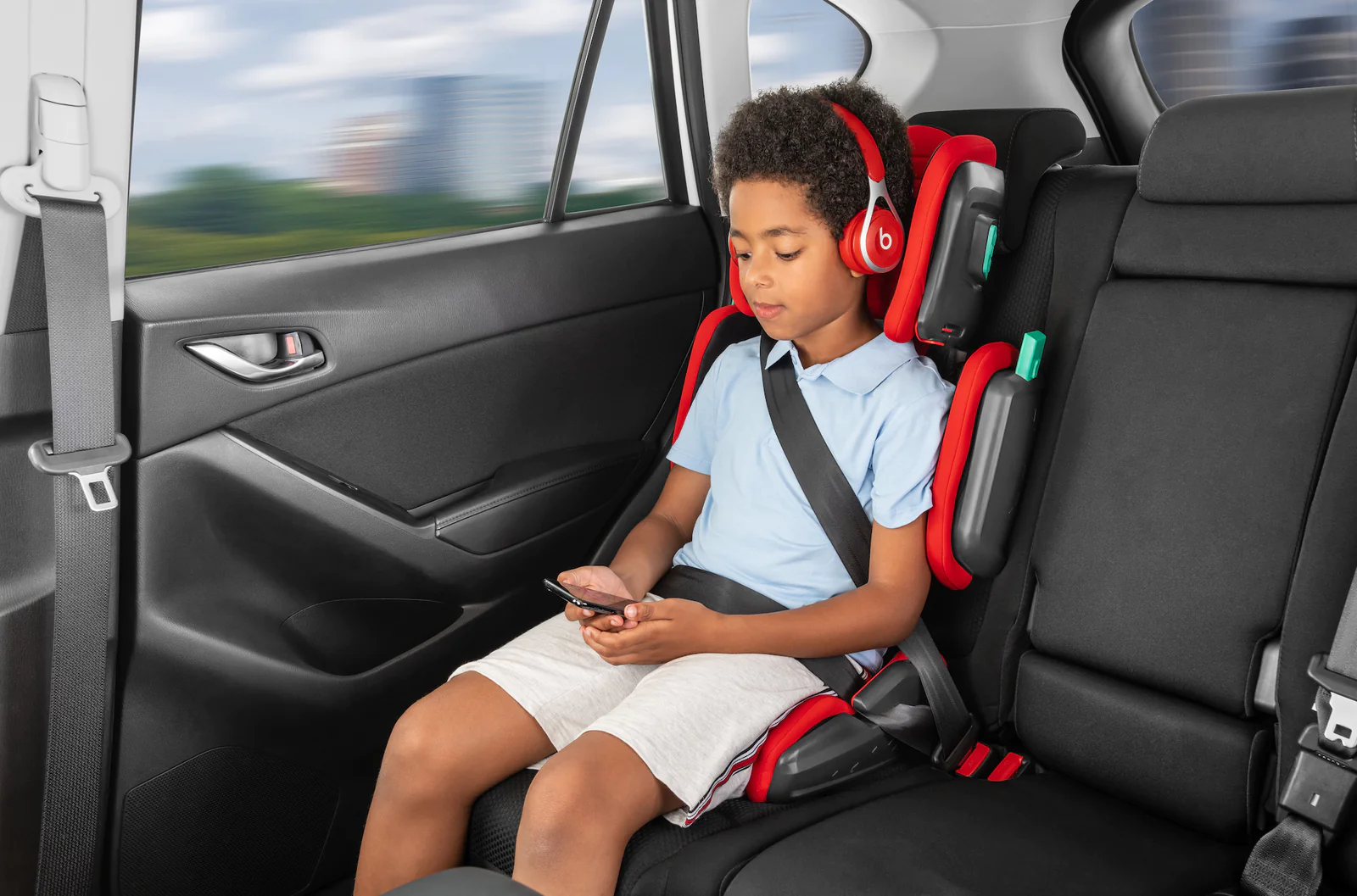


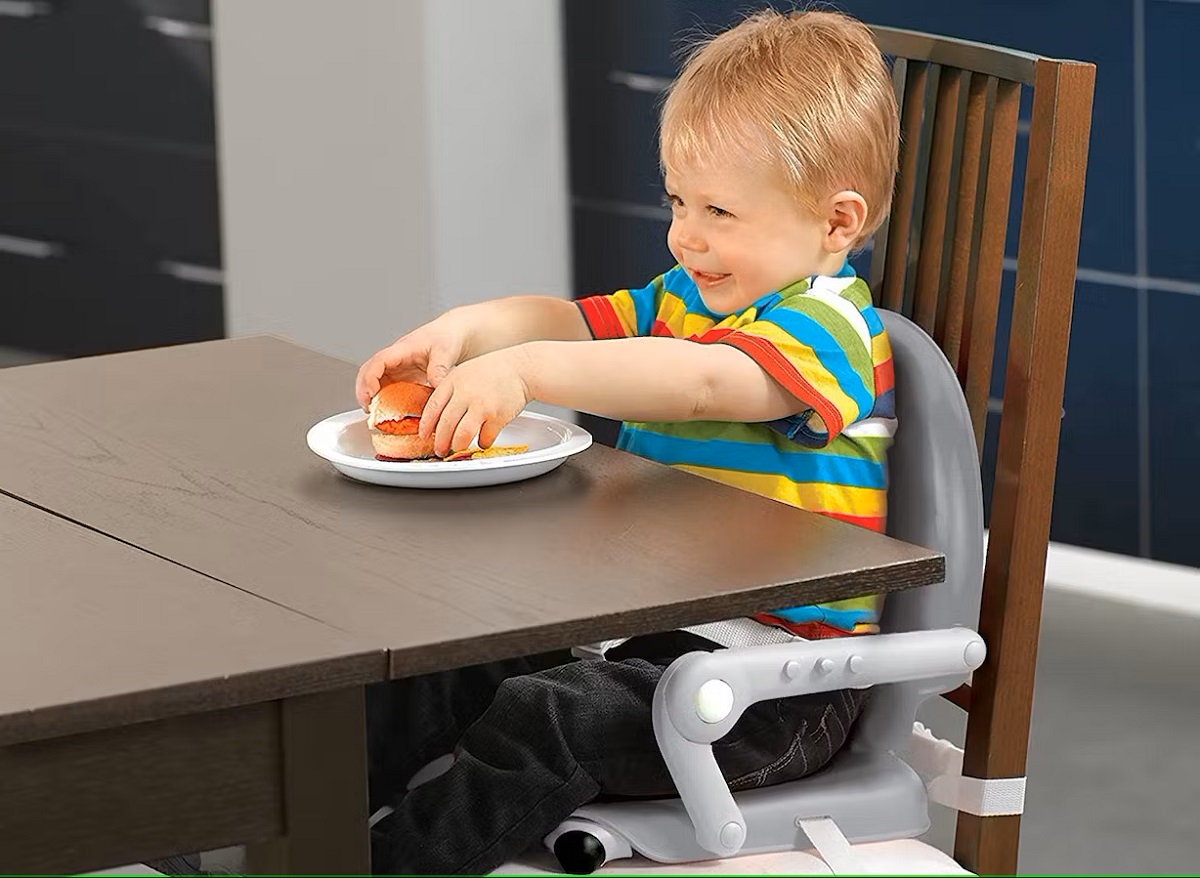

0 thoughts on “When Can My Child Use A High-Back Booster Seat”